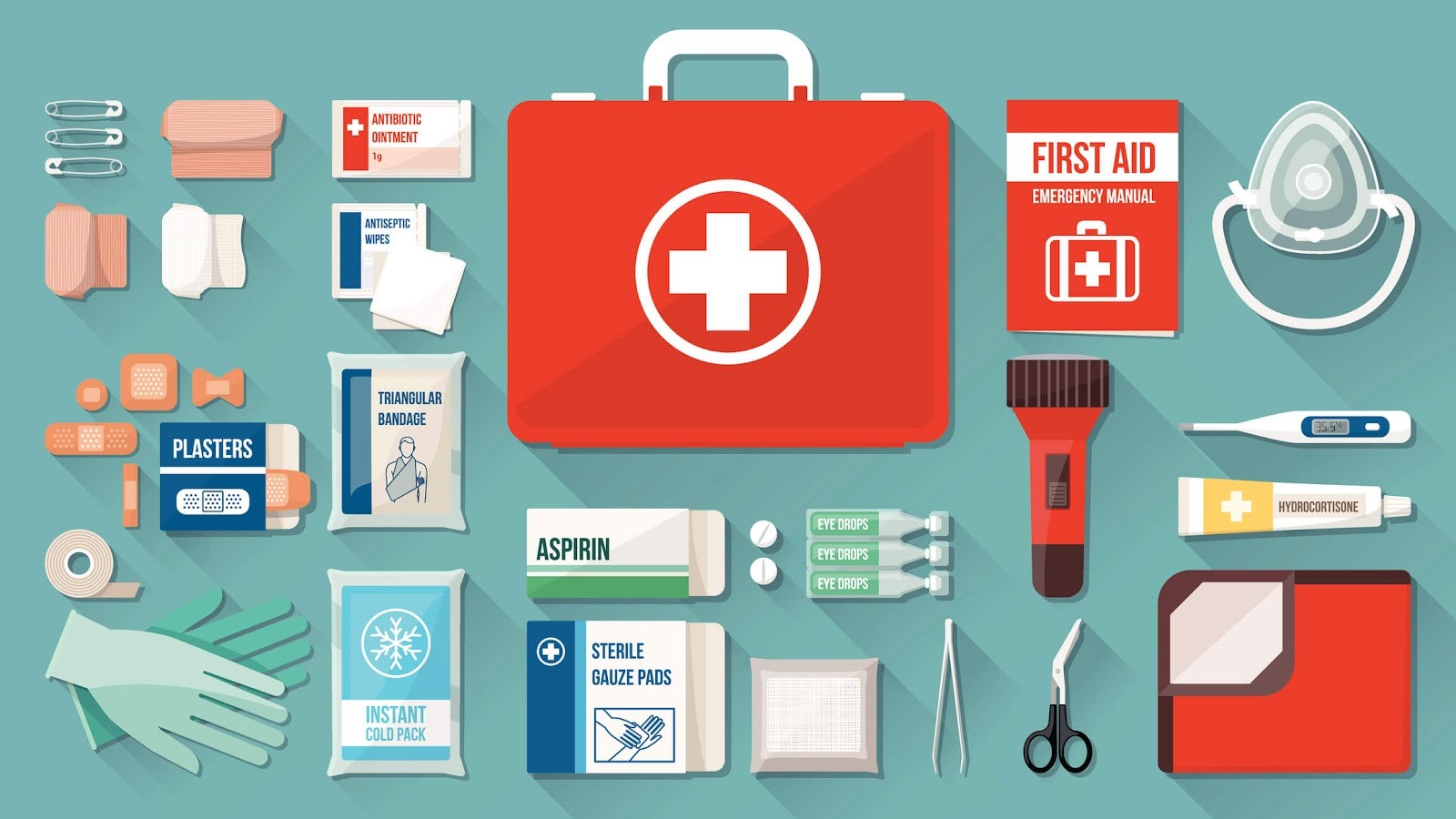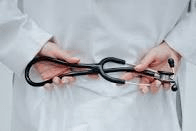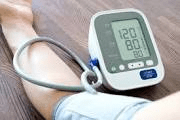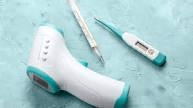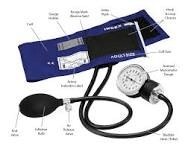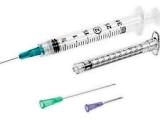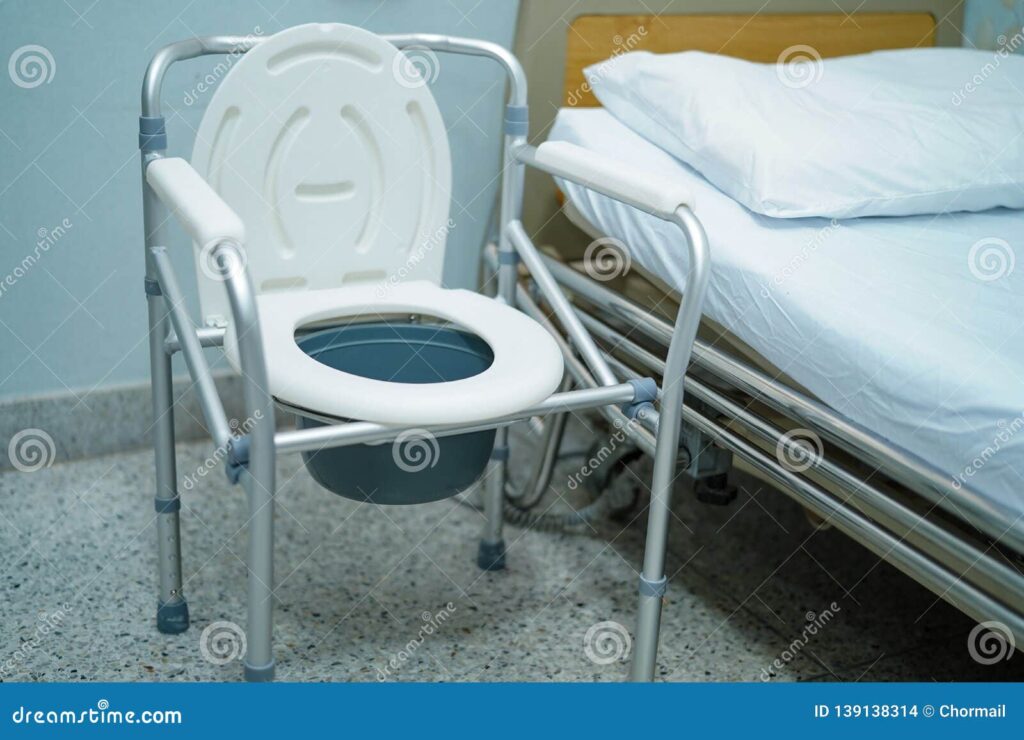Nursing is a profession that demands dedication, skill, and compassion in caring for patients. Alongside the nurturing spirit of nurses, various essential pieces of nursing equipment play a crucial role in providing quality healthcare services. These tools not only aid in patient assessment and treatment but also contribute to efficiency and accuracy in medical settings. In this article, we will explore the vital equipment used in nursing to ensure the well-being and comfort of patients.
1. Stethoscope
A staple in every nurse’s toolkit, the stethoscope is used for auscultation, the process of listening to internal sounds of the patient’s body, such as the heart, lungs, and abdomen. This device enables nurses to detect abnormal body sounds and evaluate a patient’s overall health.
2. Blood Pressure Monitor
Monitoring blood pressure is a routine part of patient assessment. Automated blood pressure monitors provide quick and accurate readings, allowing nurses to promptly identify hypertension or hypotension and initiate appropriate interventions.
3. Thermometer
Temperature measurement is vital in assessing a patient’s health status. Digital thermometers provide precise readings and are used orally, rectally, or on the forehead, depending on the patient’s condition.
4. Pulse Oximeter
A pulse oximeter measures the oxygen saturation level in a patient’s blood. This non-invasive device is often clipped to a nurse’ finger and helps nurses monitor a patient handling respiratory function and detect potential respiratory issues.
5. Sphygmomanometer
A sphygmomanometer is used in conjunction , facility with a stethoscope to measure blood pressure manually. It consists of an inflatable cuff and a pressure gauge, and it is still commonly employed in healthcare and hospital settings.
6. Intravenous (IV) Access Equipment
,
Nurses frequently administer medications and fluids intravenously. IV access equipment includes IV catheters, infusion pumps, and IV sets, allowing for safe and controlled delivery of treatments.
7. Syringe and Needle
Syringes and needles are essential tools for administering medications, vaccinations, and drawing blood for diagnostic tests. Nurses must handle these tools with care to keep infection control and ensure patient safety.
8. Bedside Commode
For patients with limited mobility or those recovering from surgery, a bedside commode provides convenience, safety and comfort, reducing the need to walk to the bathroom.
9. Patient Lifts
Patient lifts are valuable for transferring patients with limited mobility from beds to wheelchairs or other surfaces safely. These devices help prevent injuries to both patients and nurses during hospital transfers.
10. Electrocardiogram (ECG) Machine
ECG machines record the electrical activity of the heart, aiding in the diagnosis of various cardiac conditions. Nurses use ECGs to assess heart function and monitor patients with heart-related issues.
11. Oxygen Delivery Equipment
For adult patients requiring supplemental oxygen, oxygen delivery equipment and masks, such as oxygen masks and nasal cannulas, are vital in providing the necessary support to maintain adequate oxygen levels.
12. Wound Care Supplies
Wound care is a significant aspect of nursing. Nurses use various supplies and equipment, such as dressings, gauze, and wound cleansers, to manage and promote healing in a range of different types of wounds.
13. Mobility Aids
To assist patients with mobility challenges, nurses use mobility aids like walking sticks, crutches, and walkers, which aid in promoting independence and preventing falls.
14. Glucometer
For patients with diabetes, glucometers are used to monitor blood glucose levels regularly. This information helps nurses adjust insulin doses and provide appropriate diabetes management.
15. Portable Defibrillator
In critical situations of cardiac arrest, a portable defibrillator is a life-saving device that delivers an electric shock to restore normal heart rhythm.
Medical Equipment
Medical equipment plays a pivotal role in modern healthcare, enabling healthcare professionals to diagnose, treat, and monitor patients effectively. From simple diagnostic and treatment tools to advanced life-saving devices, these instruments are indispensable in providing quality medical care.
The Importance of Monitoring and Promoting Patient’s Health
Monitoring and promoting a patient’s health are indispensable components of quality healthcare in the UK. By embracing a holistic approach to monitoring patients’ health, healthcare professionals ensure early detection of health issues, personalized treatments, preventive care, and overall well-being. Regular health check-ups, effective communication, and patient empowerment contribute to positive healthcare outcomes and improved patient experiences. Ultimately, prioritizing a patient’s health sets the stage for healthier communities and a brighter future for healthcare in the UK.
The Role and Importance of Healthcare Provider in the UK
Healthcare providers in the UK play a crucial role in safeguarding the health and well-being of the population. From general practitioners to specialist doctors, nurses, and a range of allied health professionals, these dedicated individuals form the backbone of the healthcare system. They provide essential medical services, support patients through their health journey, and contribute to creating healthier communities.
The equipment used in nursing plays a vital role in patient care and medical assessment in emergency care. From the iconic stethoscope to advanced electronic devices, these tools enable nurses to provide efficient, accurate, and compassionate care to their patients. The combination of skill, compassion, patient handling, and essential nursing equipment ensures the well-being and comfort of those under their care, making nurses true guardians of health and wellness.
FAQs
- Q: What is the purpose of a pulse oximeter in nursing? A: A pulse oximeter measures oxygen saturation in a patient’s blood, aiding in respiratory assessment.
- Q: How are blood pressure measurements taken in nursing practice? A: Blood pressure is measured using a sphygmomanometer in conjunction with a stethoscope to auscultate the blood flow.
- Q: What are some common wound care supplies used by nurses? A: Wound care supplies include dressings, gauze, and wound cleansers to manage and promote healing in wounds.
- Q: What is the role of a glucometer in nursing care? A: Glucometers are used to monitor blood glucose levels in diabetic patients for appropriate diabetes management.
- Q: How do patient lifts benefit both patients and nurses? A: Patient lifts facilitate safe patient transfers, reducing the risk of injuries to both patients and nurses.
